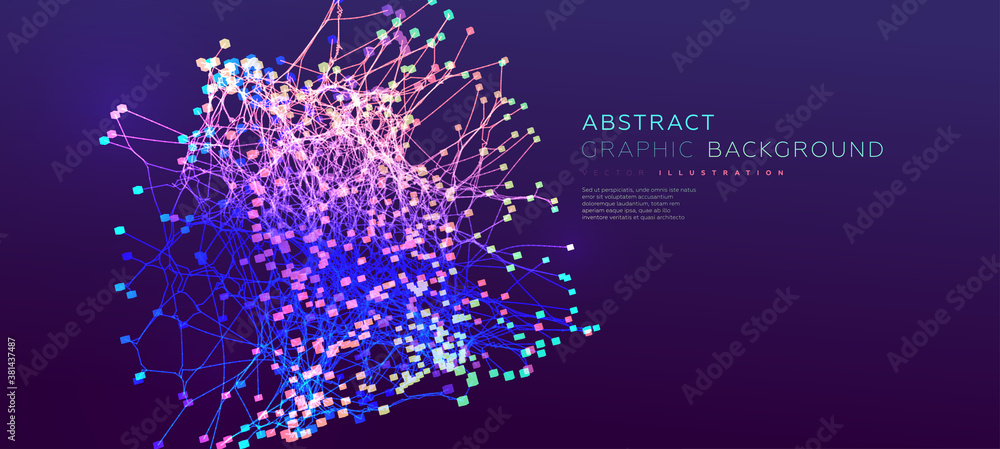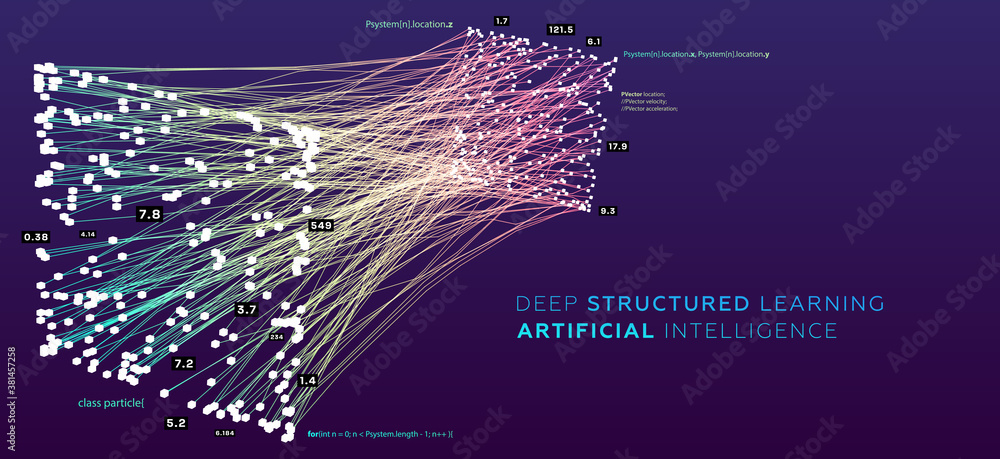
Building on our foundational understanding from Part I, this second installment explores the practical application of ontologies, knowledge graphs, and knowledge models within Department of Defense (DoD) environments. We examine how these technologies address real-world challenges in military operations and defense systems.
The Department of Defense faces unique challenges in managing knowledge across diverse systems, platforms, and organizational structures. Information silos prevent effective collaboration and decision-making, while varying data formats and standards create interoperability barriers.
Key Challenges:
Military operations require coordination across multiple domains, including land, sea, air, space, and cyberspace. This complexity demands sophisticated knowledge management systems that can handle:
Ontologies provide the foundation for consistent communication across defense systems and organizations. By establishing shared vocabularies, ontologies enable:
Operational Clarity: Clear definitions of military concepts, procedures, and capabilities Interoperability: Seamless data exchange between different systems and platforms Training Consistency: Standardized terminology for education and training programs International Cooperation: Common understanding for multinational operations
Different defense domains require specialized ontologies:
Tactical Operations: Combat procedures, weapon systems, and battlefield dynamics Intelligence Analysis: Threat assessment, target identification, and risk evaluation Logistics Management: Supply chain operations, resource allocation, and maintenance Cybersecurity: Threat vectors, attack patterns, and defensive measures
Knowledge graphs enable the integration of intelligence from multiple sources, creating comprehensive situational awareness:
Multi-source Integration: Combining satellite imagery, human intelligence, signals intelligence, and open-source information Pattern Recognition: Identifying connections and relationships across diverse data sets Threat Assessment: Evaluating risks and vulnerabilities through comprehensive analysis Decision Support: Providing commanders with actionable intelligence insights
Knowledge graphs support complex operational planning by modeling:
Resource Dependencies: Understanding how different assets and capabilities relate Timeline Coordination: Synchronizing activities across multiple units and systems Risk Assessment: Identifying potential failure points and mitigation strategies Alternative Scenarios: Modeling different operational approaches and outcomes
Knowledge models provide the conceptual framework for modern command and control:
Situational Awareness: Real-time understanding of operational environment Decision Support: Analytical tools for operational planning and execution Resource Management: Efficient allocation of personnel, equipment, and capabilities Communication Networks: Structured information flow across command levels
Knowledge models enhance training effectiveness through:
Scenario Development: Creating realistic training environments and situations Performance Assessment: Measuring trainee competence and identifying improvement areas Adaptive Learning: Tailoring training content to individual needs and progress Knowledge Retention: Reinforcing learning through structured repetition and application
Successful implementation requires a structured, incremental approach:
Phase 1: Foundation: Establish basic ontologies and data standards Phase 2: Integration: Connect existing systems and data sources Phase 3: Enhancement: Add advanced analytics and reasoning capabilities Phase 4: Optimization: Refine and improve based on operational feedback
Choosing appropriate technologies for defense applications:
Semantic Standards: RDF, OWL, and SPARQL for ontology development Graph Databases: Neo4j, Amazon Neptune, or Azure Cosmos DB for knowledge graphs Integration Platforms: Middleware solutions for connecting legacy systems Security Frameworks: Authentication, authorization, and encryption capabilities
Organizational adoption requires careful planning:
Stakeholder Engagement: Involving key personnel in design and implementation Training Programs: Educating users on new systems and capabilities Pilot Projects: Testing concepts in limited scope before full deployment Feedback Loops: Continuous improvement based on user experience and operational results
Measuring the impact on military operations:
Decision Speed: Reduced time from information receipt to action Accuracy: Improved quality of operational decisions and outcomes Coordination: Enhanced collaboration between different units and systems Adaptability: Increased ability to respond to changing situations
Evaluating system capabilities:
Data Quality: Accuracy, completeness, and timeliness of information System Reliability: Uptime, performance, and error rates Integration Success: Seamless operation across different platforms Scalability: Ability to handle increased data volumes and user loads
AI capabilities will enhance knowledge management systems:
Machine Learning: Automated pattern recognition and prediction Natural Language Processing: Improved human-computer interaction Automated Reasoning: Enhanced decision support and analysis Cognitive Computing: Systems that learn and adapt over time
Next-generation analytical capabilities:
Predictive Modeling: Forecasting future events and trends Real-time Analysis: Immediate processing of streaming data Visual Analytics: Interactive exploration of complex information Collaborative Analysis: Multi-user investigation of shared data sets
This article demonstrates how ontologies, knowledge graphs, and knowledge models address real-world challenges in defense operations, providing a foundation for improved decision-making and operational effectiveness.
In Part III, we will explore the broader applications of semantic technologies across enterprise environments.

The defense sector is evolving rapidly with the integration of data science. With advancements in data technologies, data science has become crucial in shaping military strategy and operational decisions. Modern military strategy heavily relies on data-driven insights, predictive models, and real-time analysis to gain an advantage over adversaries.

In the rapidly evolving landscape of artificial intelligence and data management, understanding the distinctions between knowledge models, ontologies, and knowledge graphs is crucial for organizations looking to implement effective knowledge management systems. This first installment of our series provides a foundational understanding of these concepts and their relationships.